A recent study published in PLOS ONE estimates India’s snow leopard (Panthera uncia) population at 709 individuals, with an impressive 68%—about 477 leopards—found in the Union Territory of Ladakh. This highlights Ladakh as a vital stronghold for the conservation of this elusive and endangered big cat, marking a significant success story in Himalayan wildlife protection efforts.
For decades, the snow leopard in Ladakh was more myth than reality. Locally referred to as the shan, a silent, vanished predator that left behind only a series of paw prints in the snow. The dream of every tourist was to get just a glimpse, the focus of every wildlife biologist was the scant clues, and conservationists kept even a tiny hope alive. And then, instantly, the ghost emerged.
The largest scientific survey of its kind ever done, conducted in 2025, which has been published in the peer-reviewed journal PLOS ONE, puts the snow leopard (Panthera uncia) population in India at 709 individuals, of which 477 are in Ladakh. The steep, cold, vast, wind-lashed mountains of Ladakh are now officially the most thriving habitat for snow leopards on the planet. Not only does this change our understanding of wildlife in Ladakh, but it also opens a powerful chapter of the story of snow leopard conservation in Ladakh.
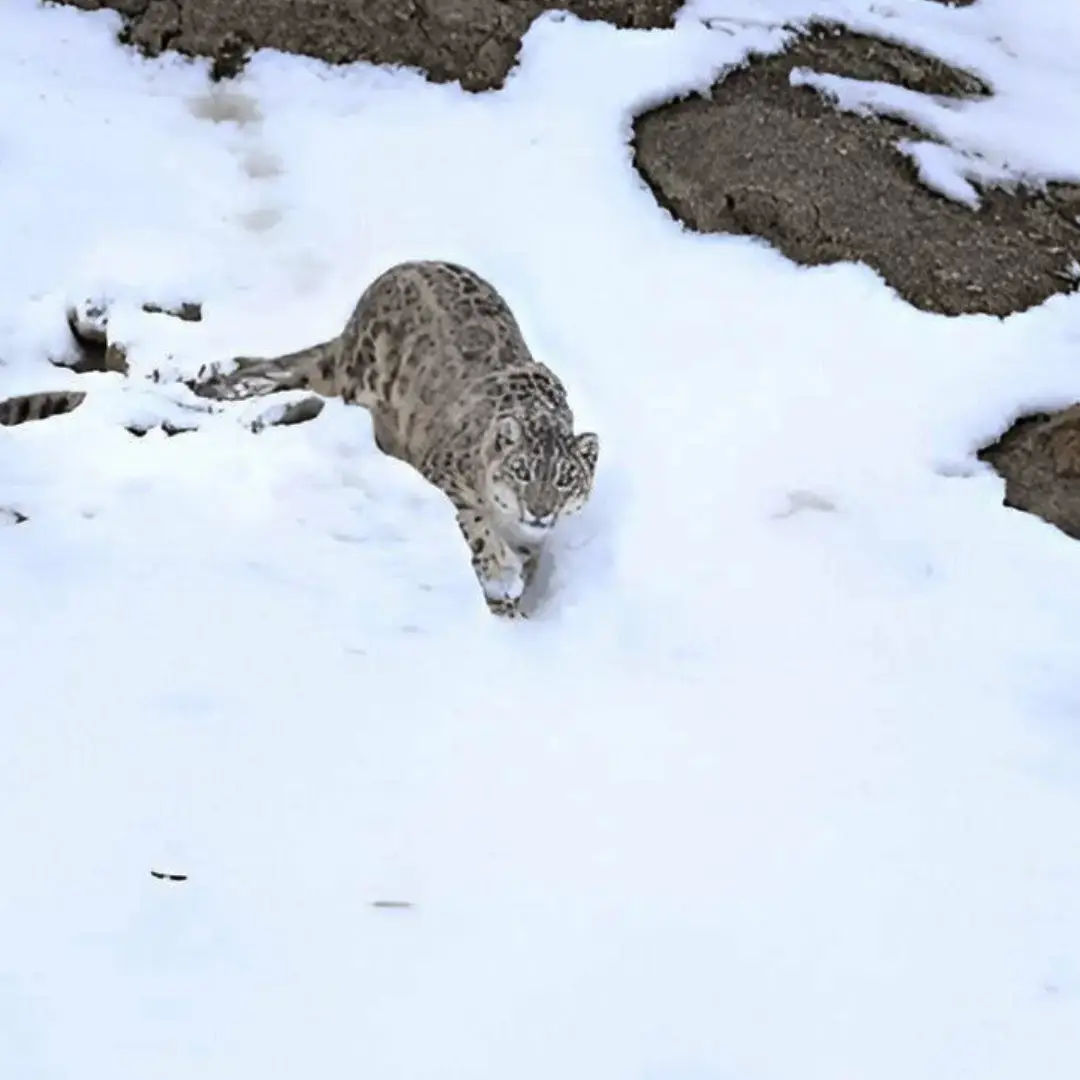
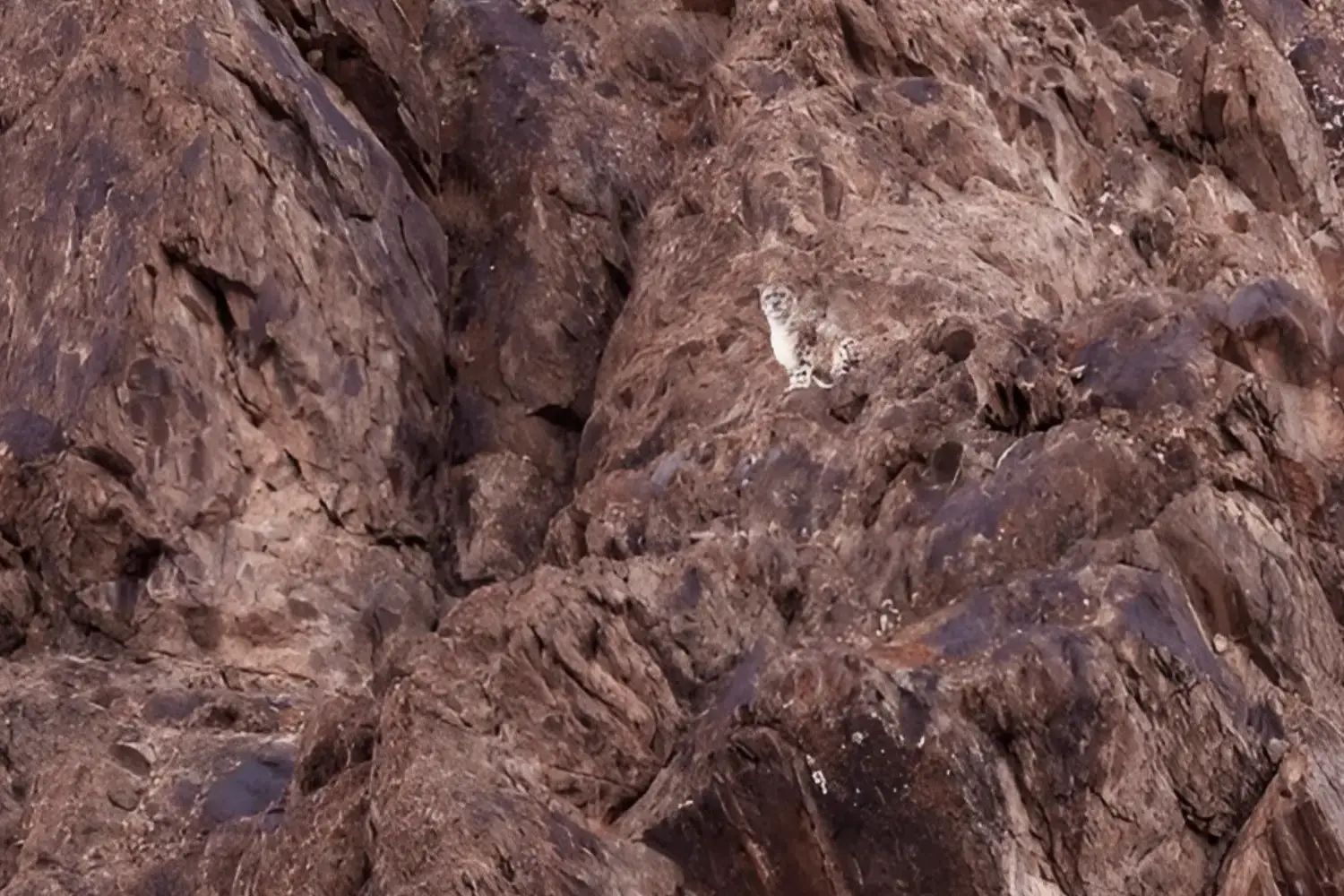
Frankly, taking account of the snow leopards is not the same as counting sheep. As these big cats are perfectly hidden amongst rocky, mountainous terrain. But the clever science came into play to save the day. This is not just a win for conservation. It is a story of a massive comeback.
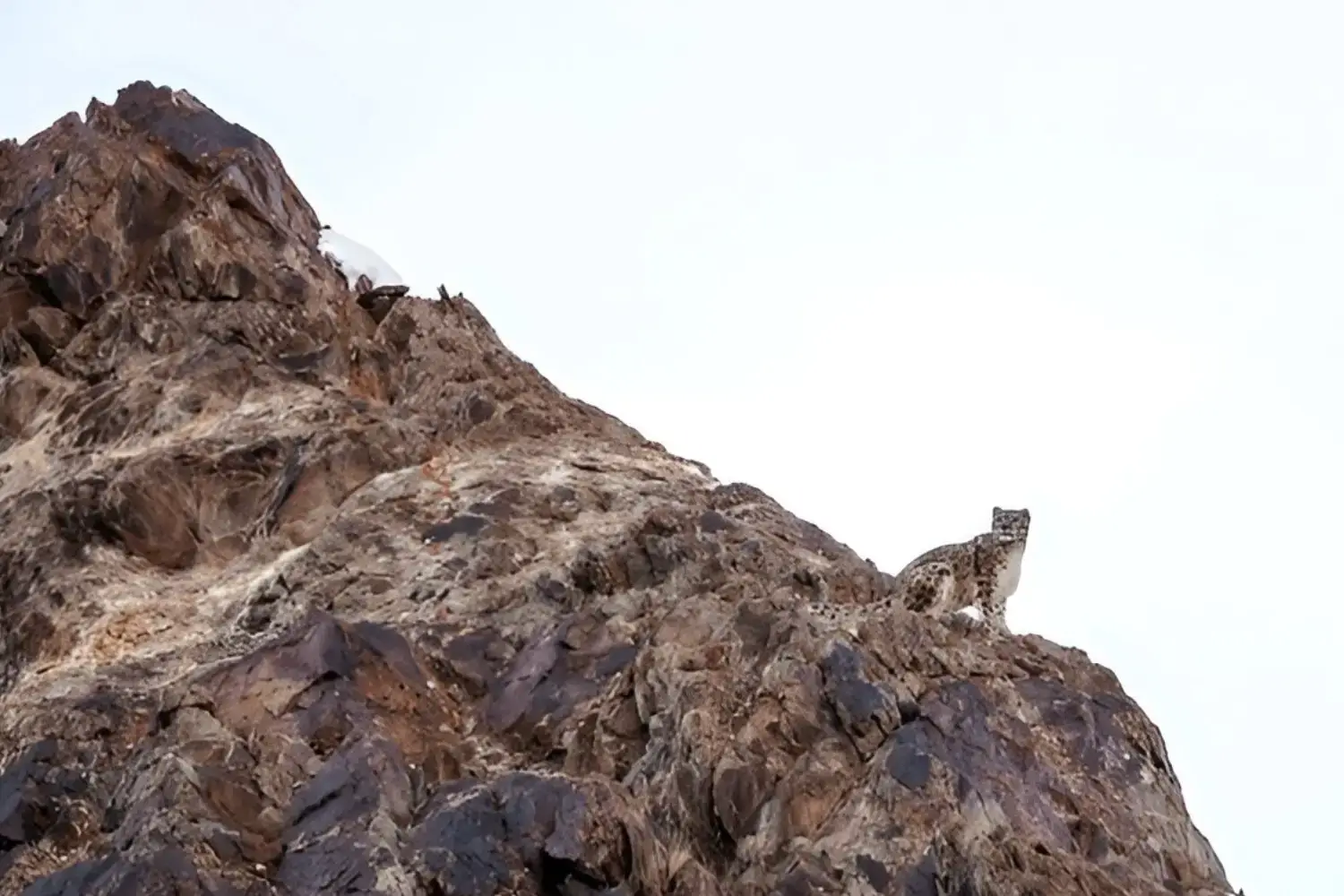
Now here’s the most beautiful part: approximately 60% of Ladakh’s snow leopards live outside of a protected park area; it would be safe to say that they reside in the same landscape as humans. Interestingly, rather than the conflict, the communities are experiencing coexistence. All thanks to the Buddhist ideologies and their utterly impactful conservation messaging, there has been a greater understanding and respect for these amazing wildlife species.
This is more than just about conservation; this is a community-driven practice turned fairy tale.
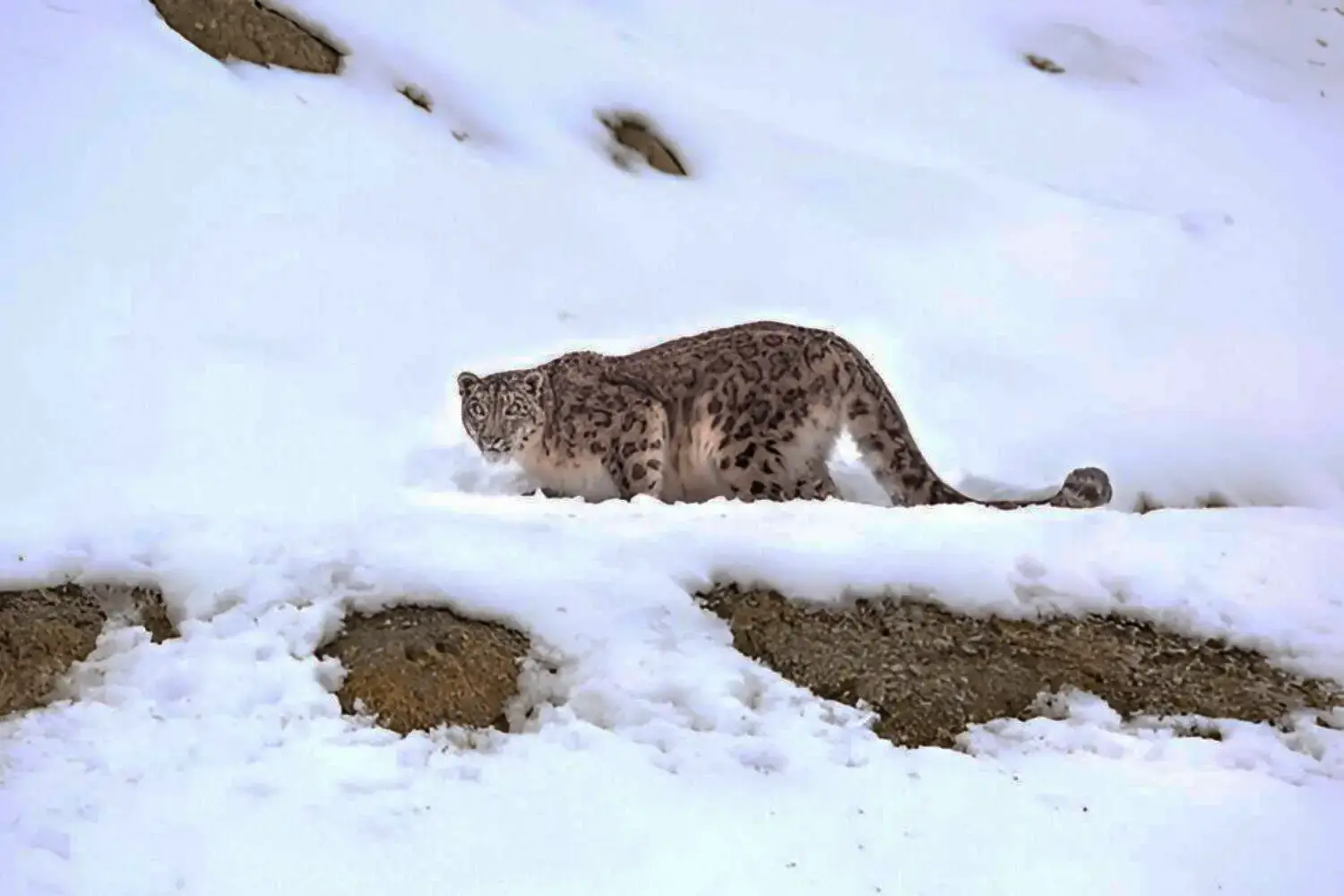
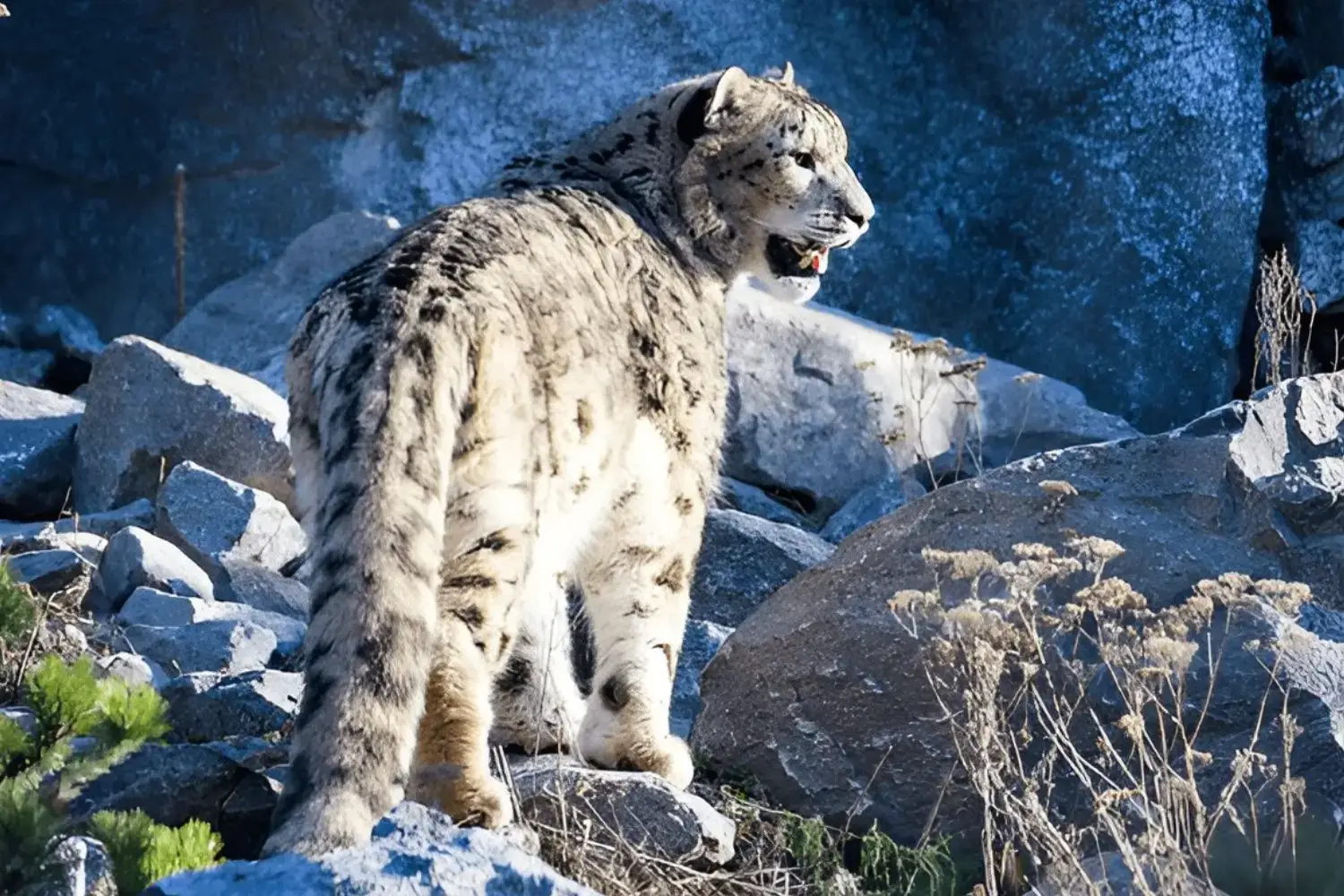
New striking evidence from Ladakh makes it crystal clear that the snow leopard population in Ladakh is on the rise. The ghost cat of the Himalayas is not just surviving; it is thriving. More importantly, these big cats are not occurring in a vacuum but coexisting with herders, monks, children, and camera-bearing travelers who trek to these frozen heights with excitement and hope.
The snow leopards of Ladakh are more than an icon of wildness; a result of a collaborative process, they are evidence that, in the spirit of respect, science and communities, wildlife conservation does not need to be a battle of wills but a significant celebration of joint efforts. So, if you are arriving in Hemis, or Ulley, or anywhere else in the whole of Ladakh, it is important to understand that every encounter, every footprint, and every retelling are part of an even larger conservation journey of snow leopards.




